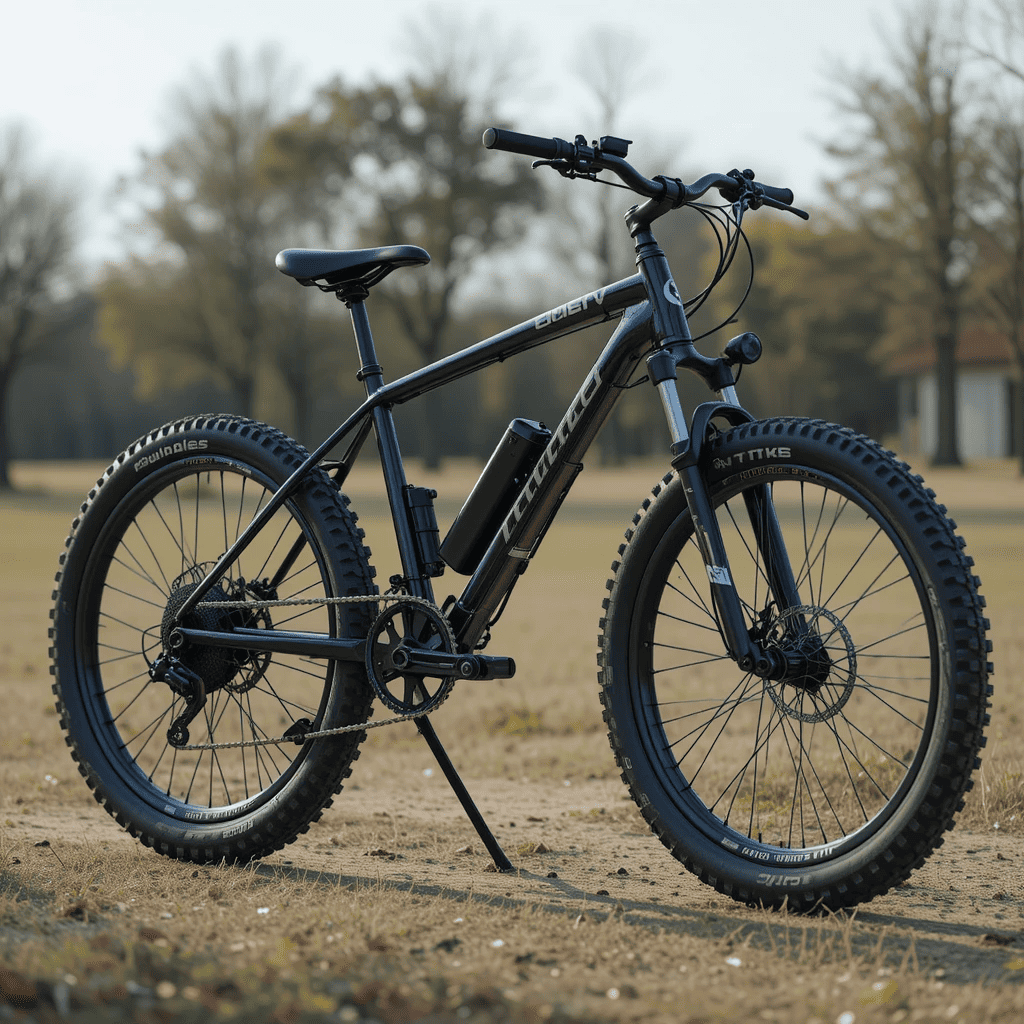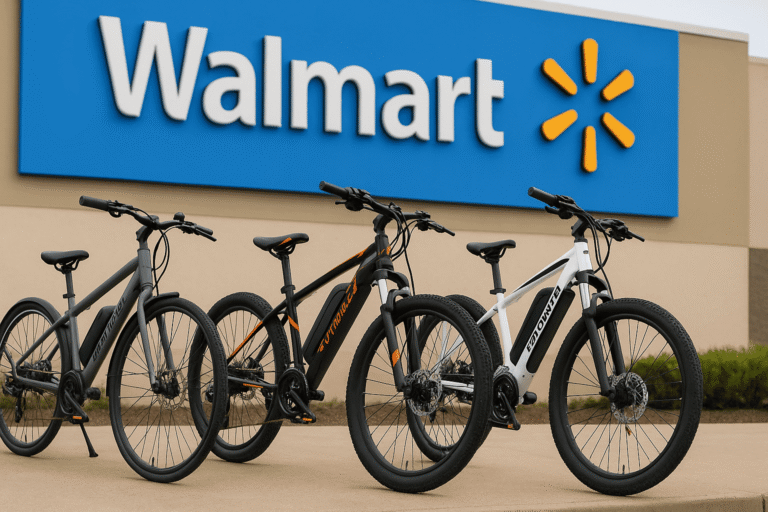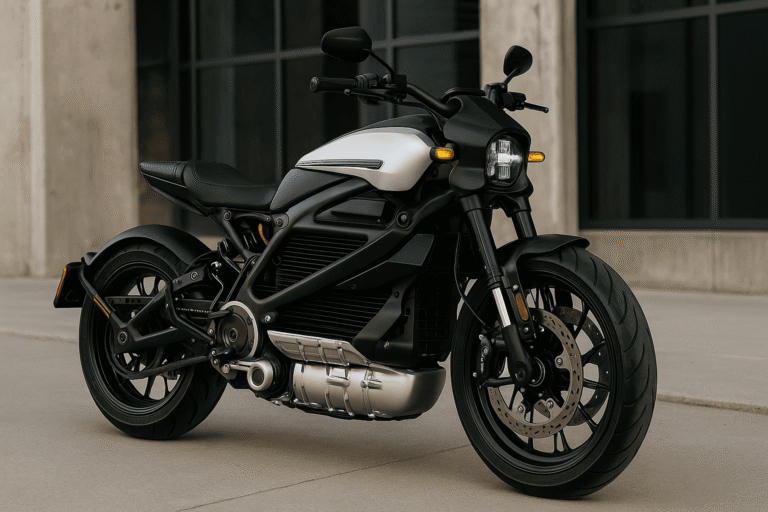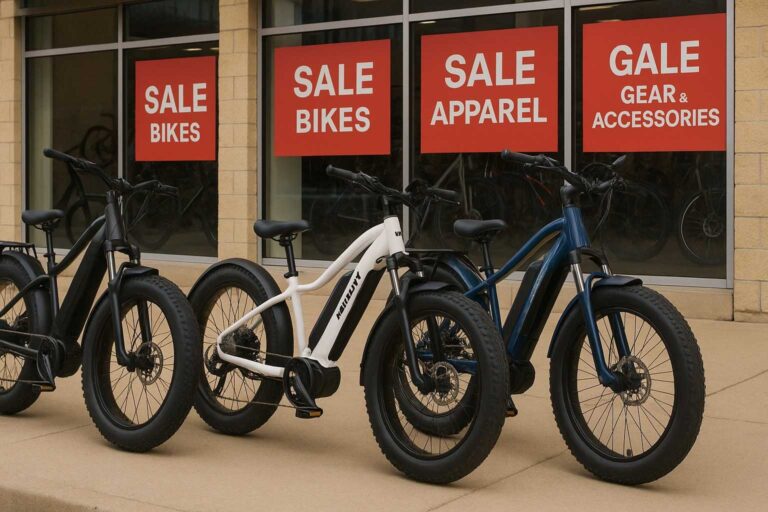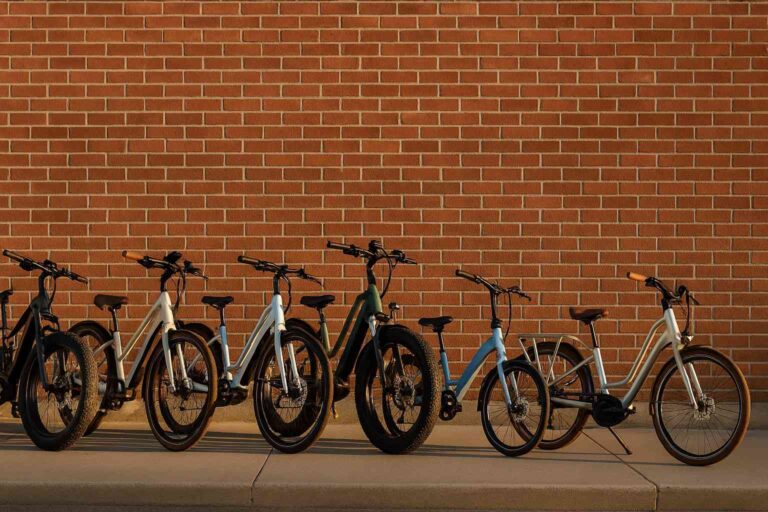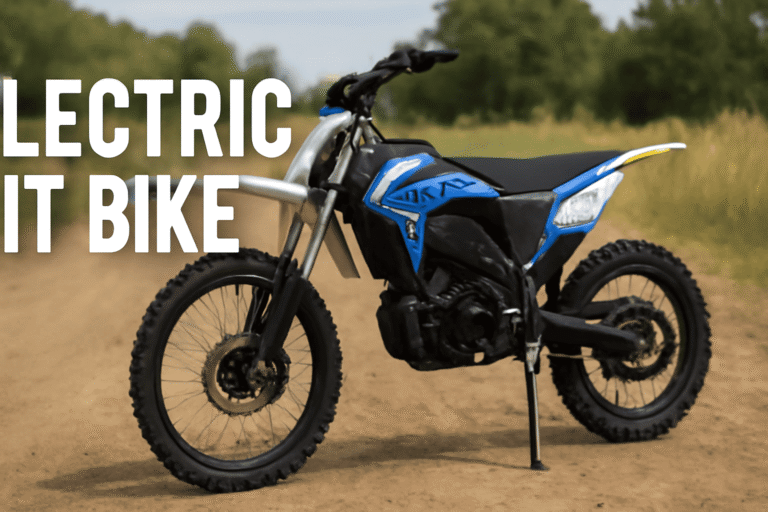DIY Electric Bike: A Step-by-Step Guide to Build Your Own E-Bike
If you’ve ever considered building your own Electric Bike (DIY), you’re not alone. Many people are making the switch to electric bikes for their eco-friendly benefits, convenience, and cost savings. As someone who’s taken the plunge into the world of DIY electric bikes, I can tell you that it’s a satisfying and rewarding experience.
Not only do you get to create something unique, but you also gain a deeper understanding of the mechanics behind these high-tech vehicles.
You seems to be more interested in Electric Bike and other vehicles related guide, you can check out our recent guide on:
Electric Bike Price: What You Need to Know Before Buying
In this guide, I’ll walk you through the step-by-step process of building your own electric bike from scratch.
Why Build Your Own Electric Bike?
The first question many people ask is why they should consider building their own electric bike. After all, there are plenty of electric bikes on the market. So, why go the DIY route? Well, there are a few key benefits:
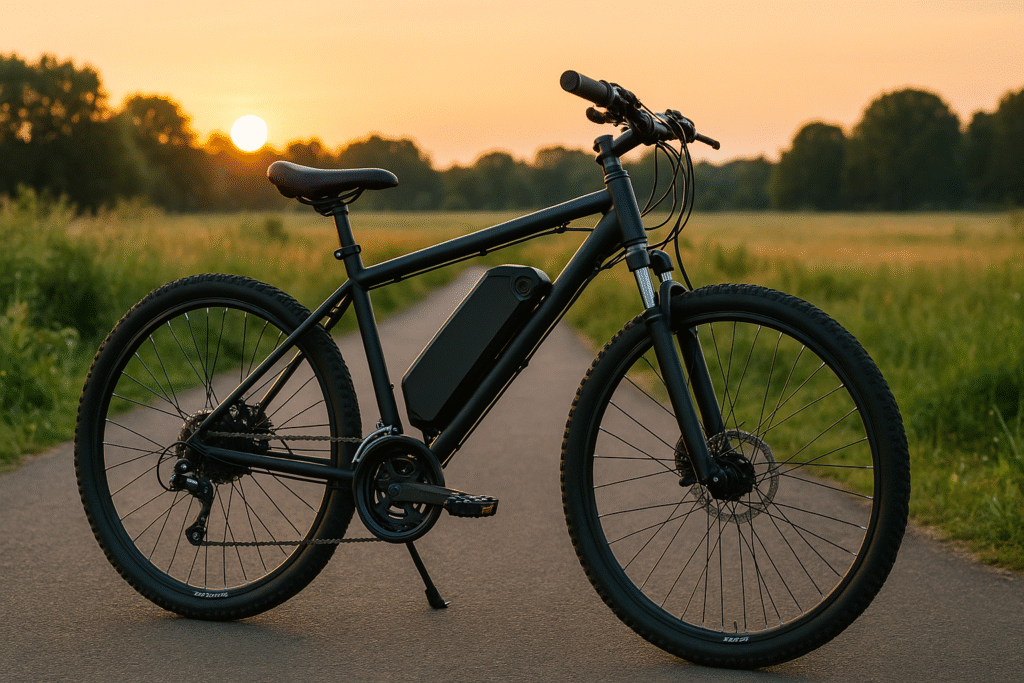
Customization:
When you build your own e-bike, you can choose every component to match your exact preferences. Want a high-speed motor? You can add that. Prefer a specific frame style? It’s yours to decide.
Cost Savings:
Buying a ready-made electric bike can be expensive, but building your own allows you to pick budget-friendly parts while still achieving great results.
Learning Experience:
Building an electric bike from scratch is an educational experience. You’ll gain valuable knowledge about electric motors, batteries, and bike mechanics, which can come in handy for future projects.
How to Get Started with Your DIY Electric Bike
1. Gather the Necessary Components
Building an electric bike requires several key components. These include:
Bike Frame:
You can use a traditional mountain bike, road bike, or even a specialized electric bike frame.
Electric Motor:
The motor is the heart of your e-bike. Depending on your desired speed and power, you can choose between hub motors (located in the wheel) or mid-drive motors (located near the bike’s crank).
Battery:
The battery powers the motor. You’ll want to choose a battery with a sufficient capacity for your needs. Lithium-ion batteries are commonly used for electric bikes due to their lightweight and high energy density.
Controller:
The controller regulates the power sent from the battery to the motor, allowing you to control the speed of the bike.
Throttle:
Some e-bikes come with a throttle, similar to a motorcycle, to control the speed directly. Others use pedal assist.
Brakes:
Ensure you have good brakes. Hydraulic disc brakes are ideal for e-bikes due to their reliability and stopping power.
You can purchase these components from reputable brands or online stores. Brands like Bafang and Bosch offer high-quality motors and controllers, while Panasonic and Samsung provide excellent batteries.
2. Choosing the Right Frame
The frame is one of the most important aspects of building an e-bike, as it must be able to support the motor and battery. While you can use any sturdy bike frame, I recommend choosing one that’s designed for electric bikes. These frames are built to handle the extra weight and stress that comes with the added components.
"Explore our latest curated collection of rings, electric bicycles, vehicles, and more in the sports section — visit ridenplay.online today."
You can also opt for a custom-built frame if you’re after something truly unique. This, of course, will require more time and expertise.
3. Install the Motor and Battery
This is where the fun begins. First, you’ll need to install the motor. If you’re using a hub motor, it typically goes in the rear or front wheel. For a mid-drive motor, you’ll need to mount it near the bike’s crankset.
Once the motor is in place, you can install the battery. The battery is usually mounted on the frame, either on the down tube or the rear rack, depending on the design of the bike.
4. Wiring and Controller Setup
Wiring the motor, battery, and controller together can be tricky. Ensure all connections are secure and insulated to avoid shorts. The controller will manage the power flow from the battery to the motor. You’ll also need to connect the throttle or pedal assist system, depending on the type of ride you prefer.
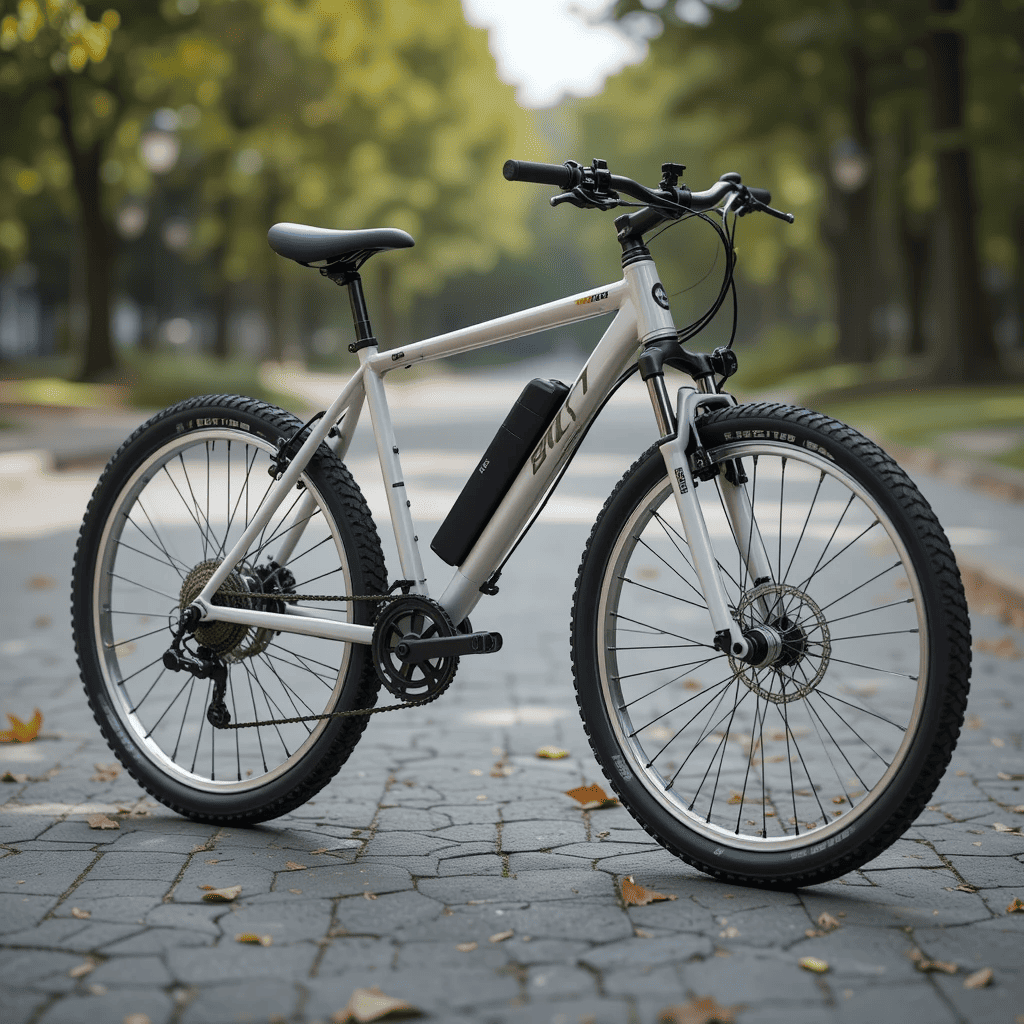
5. Test and Adjust
Once everything is assembled, it’s time to test your DIY electric bike. Before you head out for a ride, make sure to test the motor, brakes, and throttle to ensure everything is functioning correctly.
You may need to adjust the motor power, fine-tune the brakes, or modify the bike’s settings to match your riding style. Be patient and take your time making sure everything is working perfectly.
Tips for Building Your Own Electric Bike
Safety First:
Always wear safety gear, especially when testing the bike for the first time. Helmets, knee pads, and gloves are essential.
Don’t Rush:
Building an electric bike can take time. Take your time to ensure each component is installed properly and the bike is functioning safely.
Research Components:
Not all electric bike components are created equal. Make sure to read reviews and consult expert advice before purchasing parts.
Consider Your Needs:
Think about how you plan to use the bike. Do you need a high-speed bike for commuting, or are you looking for a more relaxed cruising experience?
The Benefits of Riding an Electric Bike
Once your DIY electric bike is complete, you’ll enjoy several benefits:
Eco-Friendly:
Electric bikes are environmentally friendly, producing zero emissions and helping reduce your carbon footprint.
Cost-Effective:
Say goodbye to gas costs and expensive public transport. With an electric bike, you’ll save money in the long run.
Health Benefits:
While electric bikes provide power assistance, they still require pedaling, making them a great way to get some exercise.
Convenience:
With an electric bike, you can travel faster and farther without breaking a sweat, making it perfect for daily commuting.
Conclusion
Building your own electric bike (DIY) is not only an enjoyable and educational project, but it can also result in a customized and cost-effective mode of transportation. By choosing the right components and following a few simple steps, you can have your very own electric bike ready for use.
If you’re interested in learning more about electric bikes, or if you want to purchase parts for your DIY project, be sure to check out official brands like Bosch, Bafang, and Samsung, which offer high-quality components for building your perfect e-bike.
